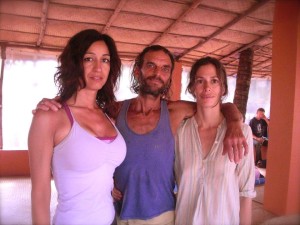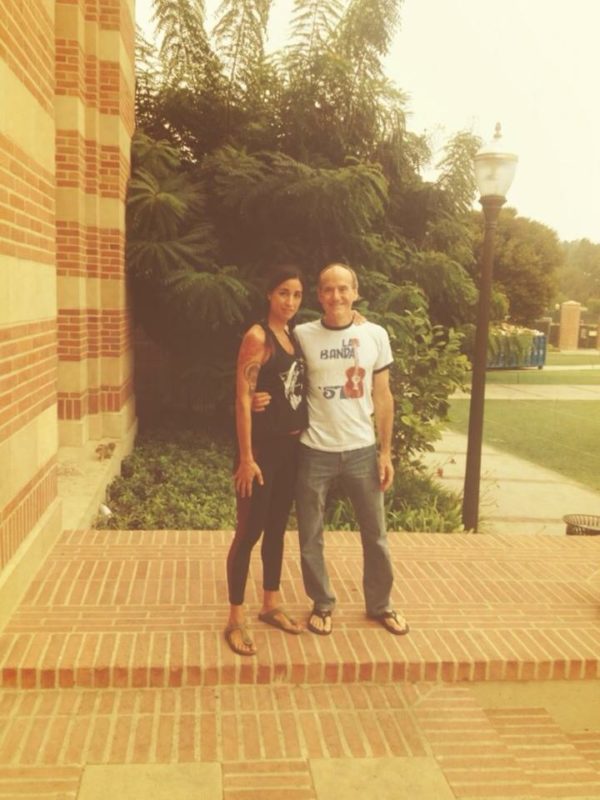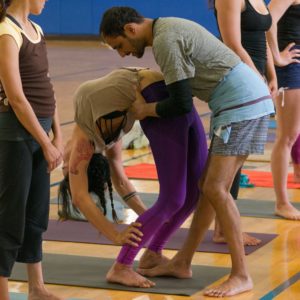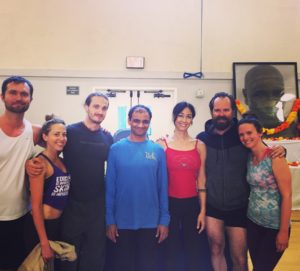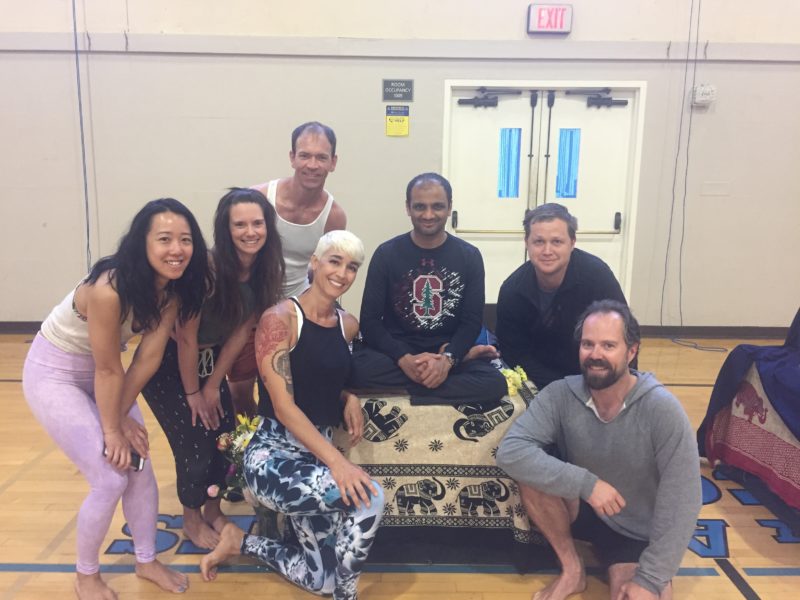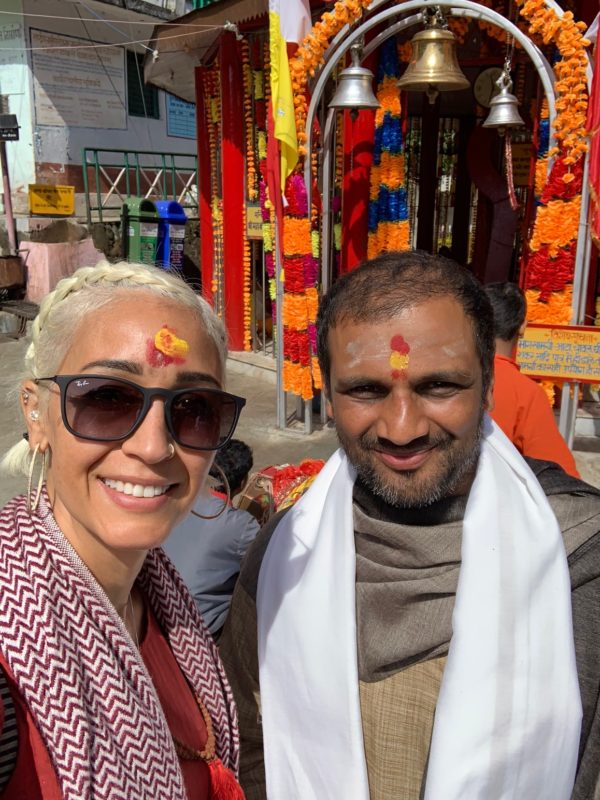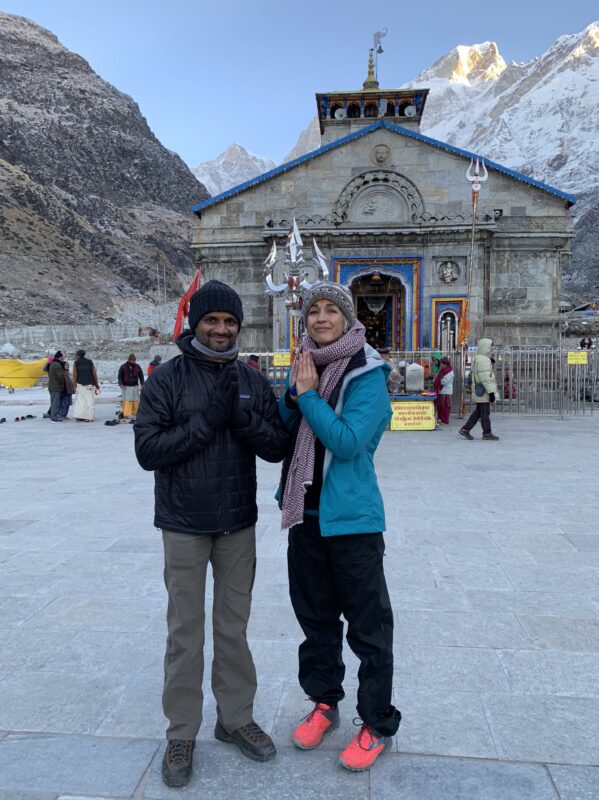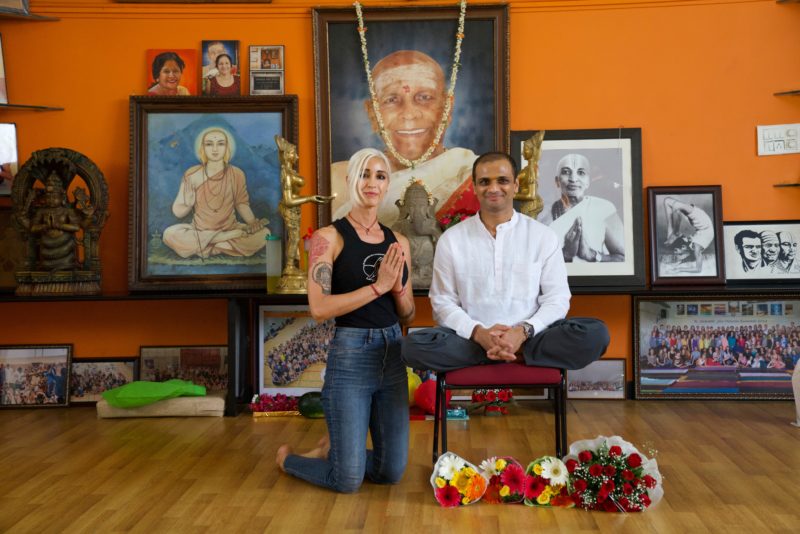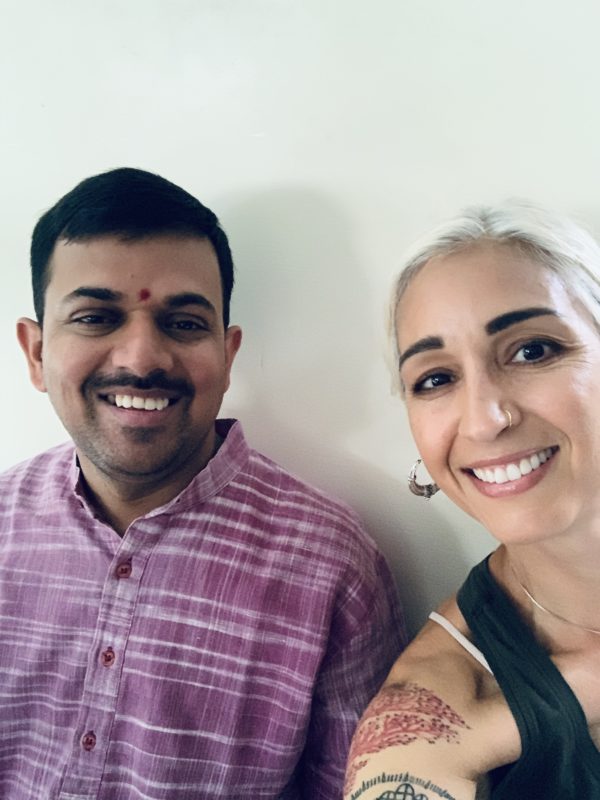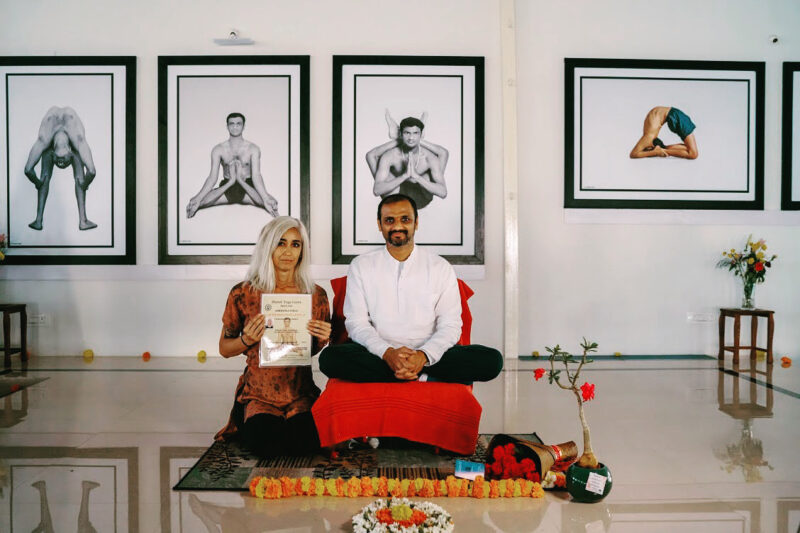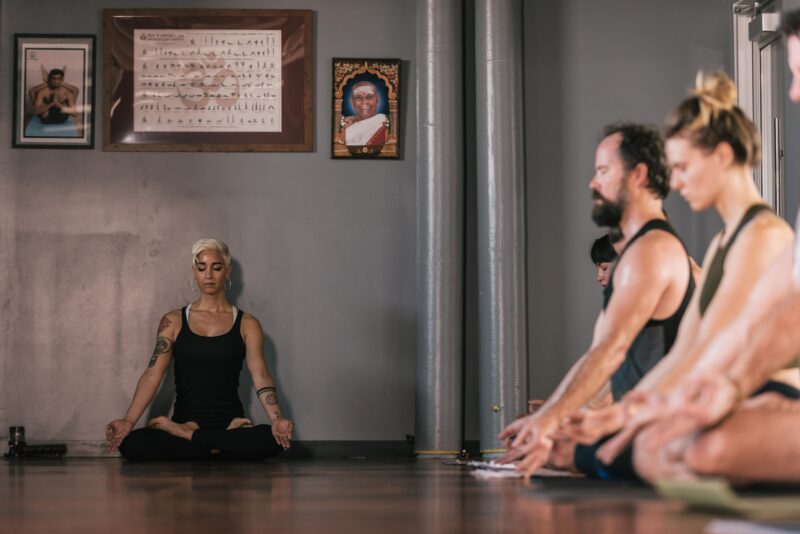
Photo Credit: Tommy Chandler
Location: The Front Climbing Club, SLC, Utah, USA (home shala)
Ashtanga Yoga with Sarah Jane
I have been studying and practicing Ashtanga Yoga philosophy and asana since 1999. After 10 years of practicing and studying I decided to help spread the love by teaching as well. I love being a yoga student and have continued to study as much as possible with my beloved teachers.
I am so grateful to be part of a lineage that has brought inner abundance and harmony, and outer discipline and health to my life and well as the lives of many others around the world. Experiencing a deeply rooted yoga practice can bring insight into the meaning of the experience of life.
I practice Ashtanga yoga to keep discipline in my life and to keep my mind, body and inner self in good health. What I encounter on my mat is practice for everything else. Yoga is a practice of moderation and training the mind to focus single-mindedly, leading to meditation; through time honored techniques and constant practice as well as renunciation. Yoga is an orderly yet truly free way of living, allowing for one’s true self to shine through all the habits, masks and deep rooted psychological imprints we tend to gather over our lives. As my guruji says; yoga is life.
teaching
- Class Assistant for Guru Sharath Jois for Mysore classes at Sharath Yoga Centre in Mysore India,
- 10 days in Jan 2024
- month long in Feb 2022
- 10 days in Jan 2021
- teaching Mysore and led Ashtanga Yoga at the Front Climbing Club since 2010
- Yoga program manager at all the Front Climbing Club locations since 2017
- Guest lecturer and workshop provider on Ashtanga Yoga at The University of Utah Yoga Teacher Training program, 2017-2024
- Guest lecturer and workshop provider at Yoga Assets Teacher training, SLC 2019-2023
- Guest lecturer at Mudita Yoga teacher training, 2017
- taught Ashtanga Yoga at Centered City Yoga, Wasatch Ayurveda, Salt Lake Power Yoga, and other SLC Yoga Studios 2011- 2017
trainings in India with Guru R. Sharath Jois:
- Coming up in February 2025 / month long Ashtanga Yoga training at Sharath Yoga Centre, Mysore
- December 2023 / January 2024: 2 month Ashtanga Yoga study at Sharath Yoga Centre, Mysore
- January / February 2022: 2 month Ashtanga Yoga study at Sharath Yoga Centre, Mysore
- December 2019 / January 2020: 2 month Ashtanga Yoga Study at Sharath Yoga Centre, Mysore
- March 2019: month long Ashtanga Yoga training at KPJAYI in Mysore, India
- October 2018, Namarupa Yatra with Paramaguru Sharath R. Jois, Robert Moses, Eddie Stern and Radhakunda Das, Himalayas, India
- November 2016: month long study at KPJAYI in Mysore with Sharath Jois
workshops with Guru R. Sharath Jois:
- November 2024; 5 day Active Series Training at University of Virginia Contemplative Science Center, Charlottesville
- October, 2024; 2-week Mysore and Led Workshop in Miami, FL
- August 2024, 6 day Led Primary Series workshop in Rome, Italy
- October 2018, Namarupa Yatra with Paramaguru Sharath R. Jois, Robert Moses and Eddie Stern, Himalayas, India
- 6 day Led Intermediate and Primary Series Workshop and conferences with Guru R. Sharath Jois in Los Angeles, California, June 2017
- 6 day Led Intermediate and Primary Series Workshop and conferences in Los Angeles, California, June 2016
- 6 day Led Intermediate and Primary Series workshop in Los Angeles, California, September 2014
- 6 day Led Intermediate and Primary Series workshop in Encinitas, California, August 2013
yoga trainings, accreditations and workshops:
- 8-day Art of Pranayama Retreat with Richard Freeman and Mary Taylor – Boulder, Colorado Shambhala, June 2022
- Month-long Assistant for Sharath Guruji for Mysore classes at Sharath Yoga Centre in Mysore India, Feb 2022
- December 2019: Received Authorization level 2 to teach full Intermediate and Primary series of Ashtanga Yoga from Guru R. Sharath Jois, Sharath Yoga Center, Mysore India
- January 29-February 2, 2018, Advanced training with Richard Freeman and Mary Taylor in Boulder, Colorado
- 5 day Essentials Intensive with Richard Freeman and Mary Taylor in Boulder Colorado, January 2014
- 200 hour Ashtanga Teacher Intensive from Richard Freeman‘s Ashtanga Teacher’s Intensive including 4 hour hands on anatomy labs in Boulder Colorado, 2012 with Richard Freeman and Mary Taylor
- Weeklong Yoga Intensive: Buddha and the Yogis: the Vajra Body 2011 in Phoenicia, New York with Richard Freeman, Mary Taylor, John Campbell and Robert Thurman (professor of Indo-Tibetan Buddhist Studies at Columbia University)
- Week long Ashtanga Mysore study with Rolf and Marci Naujokat in Goa, India, 2011
- 20 hour Intensive Ayurveda Study in Kerala, India, 2009
- 200 hour Yoga Alliance Ashtanga training with Caroline Klebl in Kerala, India, 2009
non-asana yogic studies
- December 2019 & January 2020: 2 month with Guru R. Sharath Jois and 2 month Sanskrit, chanting and yoga philosophy study with Lakshmisha Bhat at Sharath Yoga Centre in Mysore, India
- Sanskrit 1 and 2, Bhagavad Gita, chanting and Hatha Yoga Pradipika study with Lakshmisha Bhat through KPJAYI, Mysore, India, November 2016
- March 2019, month long Sanskrit 1 & 2, Hatha Yoga Pradipika, Bhagavad Gita and Yoga Sutra classes with Lakshmisha Bhat at KPJAYI in Mysore India
- Month long Sanskrit Study with Marcia Solomon in Boulder Colorado, 2012
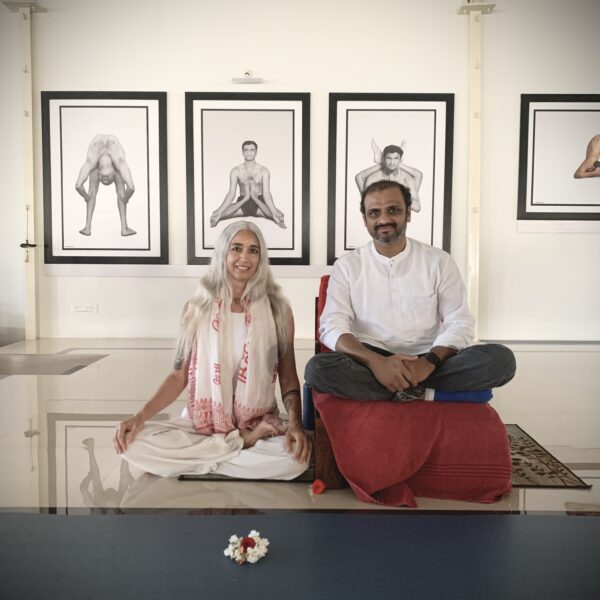
with Guruji at Sharath Yoga Centre, Mysore, India, Jan 2022
- With Richard Freeman, 2010
- with Rolf and Marci Naujokat in Goa, India, 2011
- with Sharath Jois 2013
- with David Swenson
- backbending with Paramaguru Sharath at UCLA 2016
- with Paramaguru Sharath Jois and Sammy Brown & SLC shala friends at UCLA. June 2016
- SLC crew with Sharath in LA 2017!
- w/ Guruji at Kalimath Mandir, Semkwerala, Uttarakhand, India, 2018
- w/ Guruji at Kedarnath, Uttarakhand, India, 2018
- w/ Guru Sharath Jois 2019, at KPJAYI, India
- with Lakshmisha Bhat, KPJAYI, March 2019
- Authorization with Guru Sharath Jois, SYC, India,2019
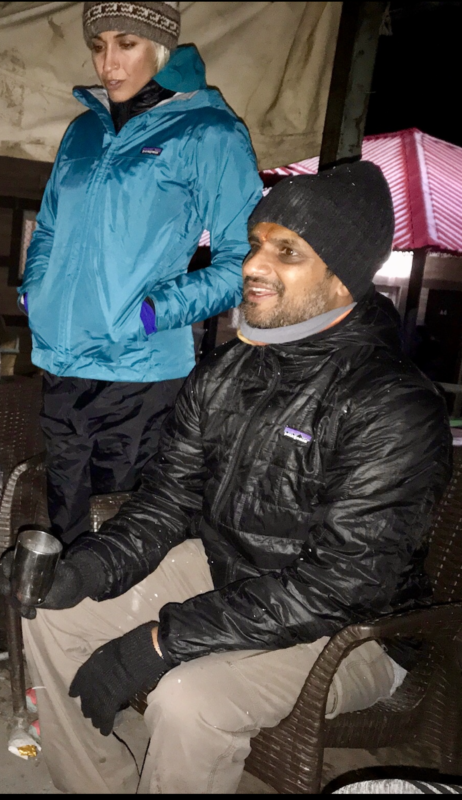
with Sharath Guruji at Kedarnath, India
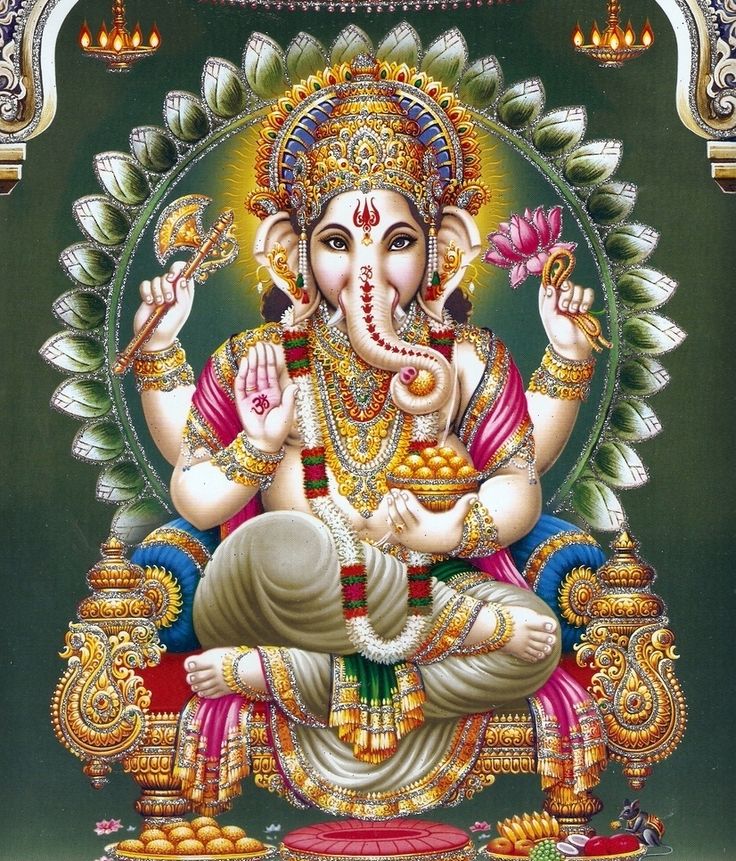
Ganesha was created by Parvati using clay, to protect herself. Shiva beheaded him when Ganesha came between Shiva and Parvati. Shiva then replaced Ganesha’s original head with that of an elephant. Details of the battle and where the replacement head came from varying from source to source. Another story says that Ganesha was created directly by Shiva’s laughter. Because Shiva considered Ganesha too alluring, he gave him the head of an elephant and a protruding belly.
Ganesha’s earliest name was Ekadanta (One Tusked), referring to his single whole tusk, the other being broken. Some of the earliest images of Ganesha show him holding his broken tusk.
Ganesha’s protruding belly appears as a distinctive attribute in his earliest statuary, which dates to the Gupta period (4th to 6th centuries). This feature is so important that according to the Mudgala Purana, two different incarnations of Ganesha use names based on it: Lambodara (Pot Belly, or, literally, Hanging Belly) and Mahodara (Great Belly). Both names are Sanskrit compounds describing his belly. The Brahmanda Purana says that Ganesha has the name Lambodara because all the universes of the past, present, and future are present in him. The number of Ganesha’s arms varies; his best-known forms have between two and sixteen arms. Many depictions of Ganesha feature four arms, which is mentioned in Puranic sources and codified as a standard form in some iconographic texts. His earliest images had two arms. Forms with 14 and 20 arms appeared in Central India during the 9th and the 10th centuries. The serpent is a common feature in Ganesha iconography and appears in many forms. According to the Ganesha Purana, Ganesha wrapped the serpent Vasuki around his neck. Other depictions of snakes include use as a sacred thread wrapped around the stomach as a belt, held in a hand, coiled at the ankles, or as a throne. Upon Ganesha’s forehead may be a third eye or the sectarian mark, which consists of three horizontal lines. The Ganesha Purana prescribes a tilaka mark as well as a crescent moon on the forehead.

